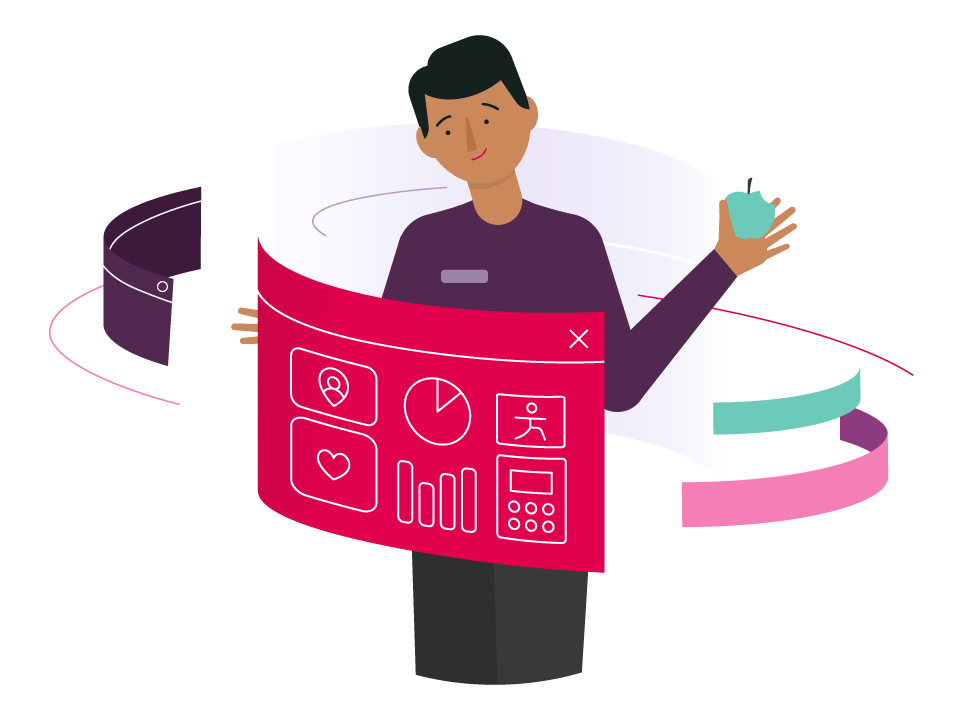Pacemakers and implantable defibrillators are small devices that help control abnormal heart rhythms called ‘arrhythmias’ They’re also used to help with heart failure.
When a pacemaker is implanted into your chest, it uses electrical pulses to prompt your heart to beat at a normal rate. If you have abnormal heart rhythms, it can help you to resume a more active lifestyle and prevent more serious problems.
An implantable defibrillator is used to treat life-threatening arrhythmias.
The main types of arrhythmias treated by pacemakers and defibrillators are:
- Heart block, which causes your heart to beat irregularly and more slowly than it should
- Bradycardia (slow heartbeat)
- Ventricular tachycardia (rapid heartbeat), where your resting heartbeat is abnormally fast
If you have an arrhythmia, you may experience tiredness, shortness of breath, difficulty exercising, light-headedness, fainting or palpitations.
Pacemakers are also used to help manage heart failure (weak pumping of the heart), helping your heart to beat more efficiently.
How pacemakers work
A pacemaker consists of a generator and leads or electrodes (wires). The generator is usually implanted under the skin of your shoulder, just below the collarbone. It connects to the inner walls of your heart chambers by one or two leads that run in veins that carry blood to the heart.
The walls of veins and the heart chambers have no sensation, so you won’t feel the pacemaker leads.
In one lead (single-chamber) systems, the lead wire is connected to the right ventricle to guarantee the ventricular chambers continue to beat at an appropriate rate.
In two lead (double-chamber) systems, a second lead is connected to the right atrium, to ensure synchronous electrical function of the atrium and ventricles is maintained. This is particularly important if you have heart block, which interrupts electrical flow from atrium to ventricle.
How implantable defibrillators work
When dangerous rhythms occur, an implantable defibrillator automatically attempts to slow the rate down with a series of pacing impulses. If this fails it provides an electric shock directly to the heart, restoring the normal heart rhythm.
Like a pacemaker, it consists of a generator and lead wires, but the generator is larger because it must store enough energy to defibrillate the heart. It can also perform all the functions of a pacemaker.
Both devices work off an internal battery that can’t be recharged, but is designed to last many years. It gives months of warning before it's depleted so the device can be replaced.
Your doctor will check your defibrillator regularly to ensure it’s working properly.
How an implantable defibrillator feels
The shock from an implantable defibrillator is briefly painful. People describe it as feeling like a punch in the chest. There's no way to know how often a shock might occur. It might never happen. If you’re worried about it, talk to your doctor about your concerns.
If you do get a shock, be sure to let your doctor know.
Implantable defibrillators can also use electrical pulses to fix a heart rate that is too fast or too slow. You won’t feel any pain when it’s regulating your heart rate.
Cost
A pacemaker or implantable defibrillator won’t normally cost you anything. For privately insured patients, your health fund pays. For public patients, the government pays. HCF only funds devices listed on the Federal Government’s approved prostheses list.







